Home>Furniture & Design>Bathroom Accessories>Why Does The Toilet Bowl Turn Pink
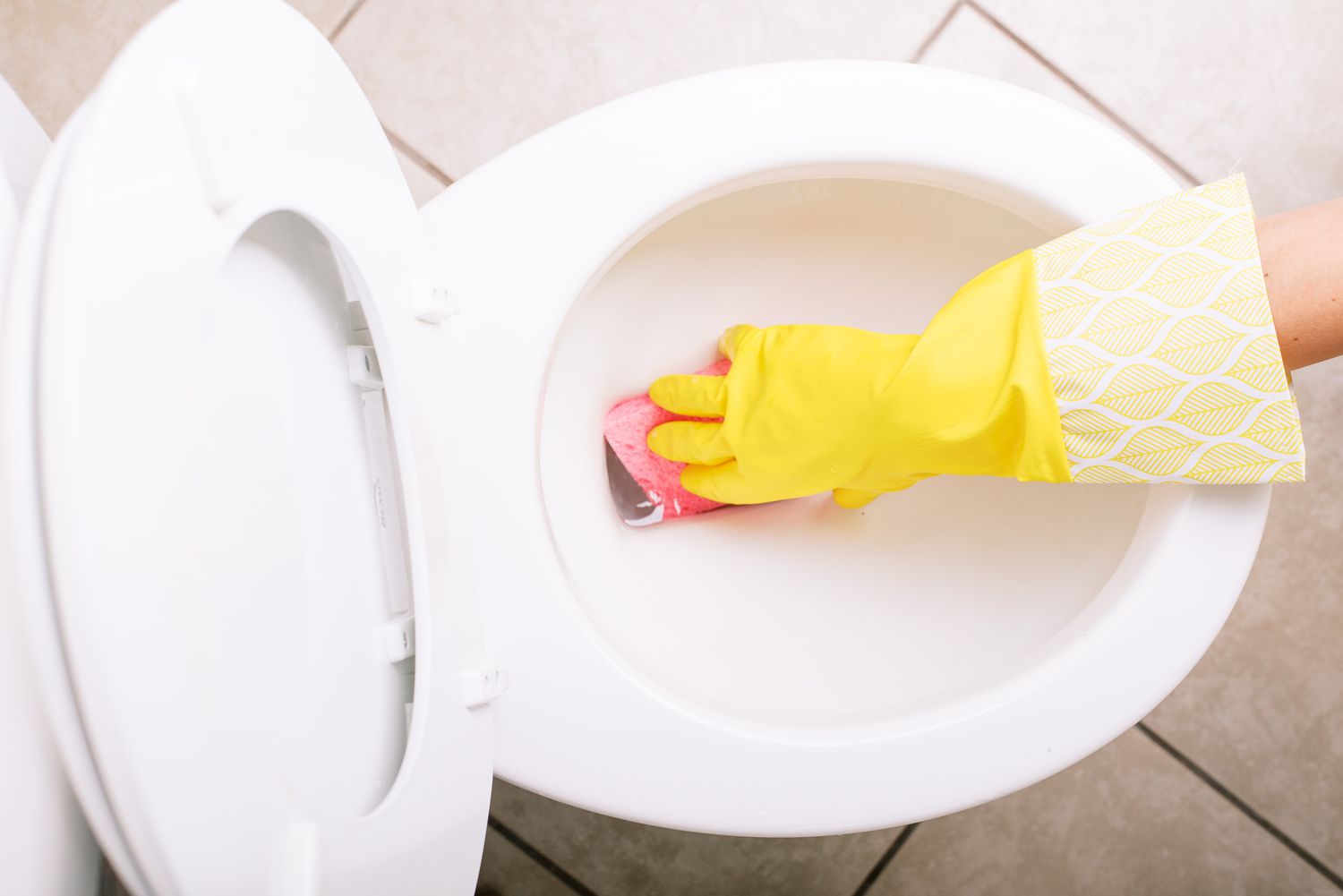

Bathroom Accessories
Why Does The Toilet Bowl Turn Pink
Modified: March 2, 2024
Discover the reasons behind your toilet bowl turning pink and find the best bathroom accessories to prevent and fix this common issue. Explore effective solutions now!
(Many of the links in this article redirect to a specific reviewed product. Your purchase of these products through affiliate links helps to generate commission for Storables.com, at no extra cost. Learn more)
Introduction
Have you ever noticed a pinkish hue in your toilet bowl and wondered why it's there? The appearance of a pink tint in the toilet bowl can be puzzling and even a bit concerning, but fear not – there's a logical explanation behind this phenomenon. Understanding the cause of the pink toilet bowl is the first step toward effectively addressing and preventing it. In this article, we will delve into the reasons behind the pink discoloration, explore common solutions for this issue, and provide practical tips for preventing pink stains in the toilet bowl. So, let's embark on a journey to unravel the mystery of the pink toilet bowl and equip ourselves with the knowledge to maintain a sparkling, stain-free toilet.
Key Takeaways:
- Say goodbye to pink stains in your toilet bowl! Combat and prevent them with thorough cleaning, water treatment, improved ventilation, and regular maintenance. Keep your bathroom sparkling and bacteria-free.
- Keep your toilet bowl pink-stain free! Implement proactive measures like regular cleaning, hygienic practices, proper ventilation, water quality management, routine inspections, and preventative treatments. Enjoy a pristine bathroom environment!
Read more: Why Does Toilet Bowl Turn Brown
Understanding the Cause of Pink Toilet Bowl
The appearance of a pink hue in the toilet bowl is often attributed to a specific type of bacteria known as Serratia marcescens. This bacterium is renowned for its ability to thrive in moist environments, making the toilet bowl an ideal breeding ground. When Serratia marcescens colonizes the moist surfaces of the toilet, it can manifest as a pink or reddish film, giving the water a distinctly pinkish appearance.
Furthermore, the presence of iron and manganese in the water supply can exacerbate the development of pink stains. These minerals, when exposed to certain bacteria, can undergo chemical reactions that result in the formation of pink or reddish sediments in the toilet bowl.
It's important to note that the growth of Serratia marcescens is not limited to the toilet bowl alone. This resilient bacterium can also be found in various other damp environments within the bathroom, such as shower curtains, grout lines, and sink drains. Its ability to thrive in such conditions underscores the importance of regular cleaning and maintenance to prevent the proliferation of this bacterium.
In addition to bacterial and mineral factors, the presence of organic matter in the toilet bowl can contribute to the development of pink stains. When organic substances, such as urine or fecal matter, come into contact with the aforementioned bacteria and minerals, they can serve as a nutrient source, facilitating the growth and discoloration of the toilet bowl.
Understanding the multifaceted causes of pink stains in the toilet bowl empowers homeowners to take targeted measures to address this issue effectively. By recognizing the role of bacteria, minerals, and organic matter in the formation of pink discoloration, individuals can implement comprehensive strategies to combat and prevent this common bathroom nuisance.
To prevent pink stains in the toilet bowl, regularly clean and disinfect the toilet with a cleaner that contains bleach or hydrogen peroxide. This will help to remove and prevent the growth of bacteria and mold that can cause the pink discoloration.
Common Solutions for Pink Toilet Bowl
Addressing the presence of pink stains in the toilet bowl requires a multifaceted approach that targets the root causes of this issue. Here are some common solutions to effectively combat and eliminate the pink discoloration:
-
Thorough Cleaning: Regular and thorough cleaning of the toilet bowl is essential for combating pink stains. Using a toilet bowl cleaner with disinfectant properties can help eradicate the bacteria responsible for the pink discoloration. It's important to pay special attention to the areas under the rim and around the waterline, as these are prime locations for bacterial growth.
-
Bleach or Vinegar Treatment: Bleach or white vinegar can be effective agents for removing pink stains from the toilet bowl. Applying these substances and allowing them to sit for a period of time can help break down the bacterial film and mineral deposits, restoring the toilet bowl to its original color.
-
Mechanical Agitation: For stubborn pink stains, mechanical agitation using a toilet brush or scrubbing pad can aid in dislodging the accumulated bacteria and mineral sediments. This physical action, combined with the use of cleaning agents, can significantly improve the appearance of the toilet bowl.
-
Water Treatment: In cases where the presence of iron and manganese in the water supply contributes to the formation of pink stains, installing a water filtration system or utilizing water softeners can help mitigate this issue. By addressing the mineral content in the water, homeowners can prevent the recurrence of pink discoloration in the toilet bowl.
-
Improved Ventilation: Enhancing the ventilation in the bathroom can contribute to reducing the moisture levels, thereby creating an environment less conducive to bacterial growth. Installing exhaust fans or opening windows during and after showering can aid in drying out the bathroom and inhibiting the proliferation of bacteria.
-
Regular Maintenance: Implementing a consistent cleaning and maintenance schedule for the entire bathroom, including the toilet bowl, is crucial for preventing the reappearance of pink stains. By staying proactive and diligent in bathroom upkeep, homeowners can minimize the conditions that foster the growth of bacteria and the formation of pink discoloration.
By incorporating these solutions into a comprehensive maintenance routine, individuals can effectively combat and prevent the occurrence of pink stains in the toilet bowl, ensuring a clean and hygienic bathroom environment for the long term.
Preventing Pink Stains in the Toilet Bowl
Preventing the recurrence of pink stains in the toilet bowl necessitates proactive measures aimed at creating an inhospitable environment for the growth of bacteria and the formation of mineral deposits. By implementing the following preventive strategies, homeowners can effectively safeguard their toilet bowls against the development of pink discoloration:
-
Regular Cleaning and Maintenance: Consistent and thorough cleaning of the toilet bowl is paramount in preventing the formation of pink stains. Using a reliable toilet bowl cleaner with disinfectant properties and dedicating time to clean hard-to-reach areas under the rim and around the waterline can help eliminate bacterial growth and mineral buildup.
-
Hygienic Practices: Encouraging hygienic practices, such as promptly flushing the toilet after each use and ensuring that organic matter is not left to accumulate, can mitigate the potential for bacterial proliferation and the subsequent development of pink stains.
-
Proper Ventilation: Improving ventilation in the bathroom is crucial for reducing moisture levels, which in turn discourages the growth of bacteria. Installing and utilizing exhaust fans, opening windows, and ensuring adequate airflow can aid in maintaining a dry environment that is less conducive to bacterial colonization.
-
Water Quality Management: Addressing the mineral content in the water supply can significantly impact the occurrence of pink stains. Installing water filtration systems or utilizing water softeners can help mitigate the presence of iron and manganese, thereby reducing the likelihood of mineral deposits in the toilet bowl.
-
Routine Inspections: Regularly inspecting the toilet bowl and other bathroom surfaces for early signs of pink discoloration can prompt timely intervention. By identifying and addressing potential areas of concern, homeowners can prevent the escalation of bacterial growth and mineral deposition.
-
Preventative Treatments: Periodically treating the toilet bowl with bleach or white vinegar can serve as a preventative measure against the development of pink stains. These substances can help inhibit bacterial growth and mineral accumulation, maintaining the toilet bowl's pristine appearance.
By integrating these preventive measures into a comprehensive bathroom maintenance routine, individuals can effectively safeguard their toilet bowls against the formation of pink stains. Proactive cleaning, hygienic practices, environmental management, and routine inspections collectively contribute to creating an unwelcoming environment for the factors that contribute to pink discoloration, ensuring a clean and aesthetically pleasing toilet bowl for the long term.
Frequently Asked Questions about Why Does The Toilet Bowl Turn Pink
Was this page helpful?
At Storables.com, we guarantee accurate and reliable information. Our content, validated by Expert Board Contributors, is crafted following stringent Editorial Policies. We're committed to providing you with well-researched, expert-backed insights for all your informational needs.

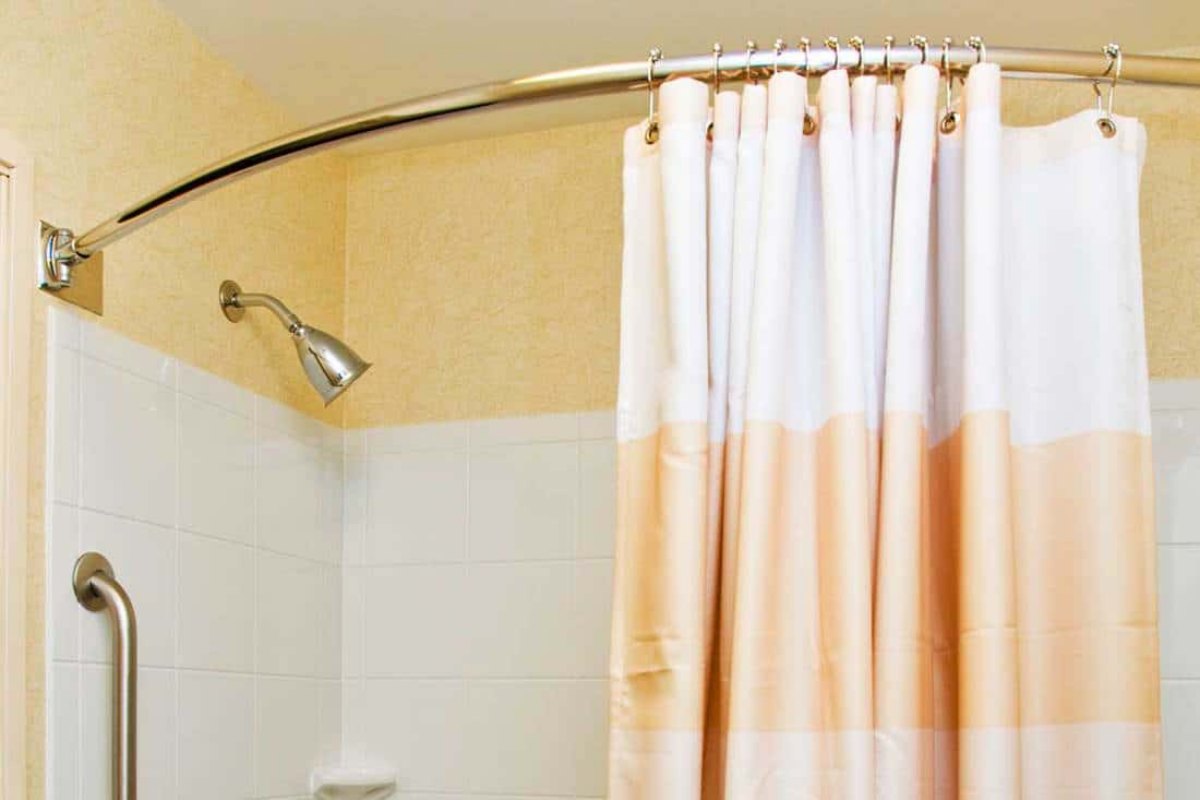
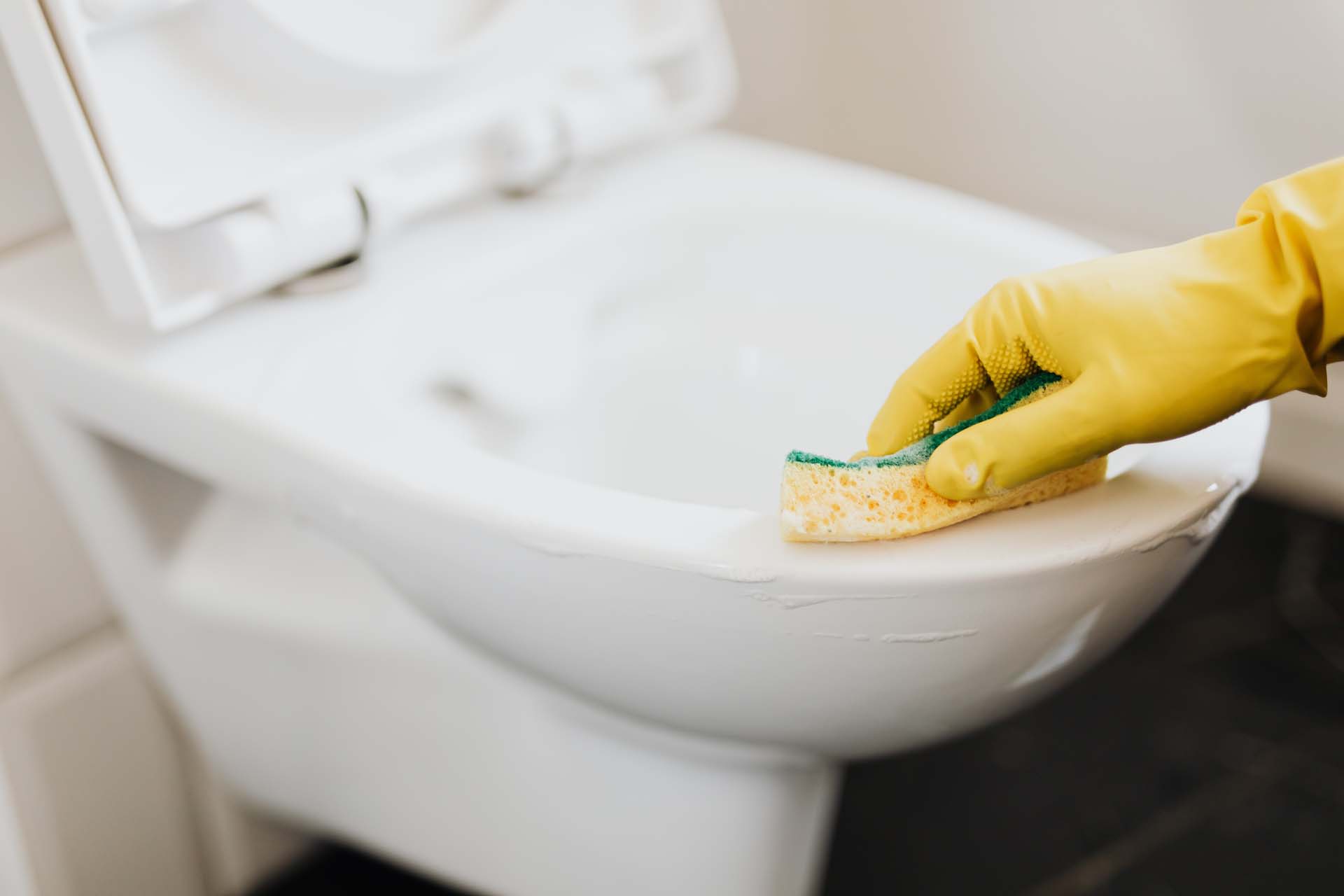
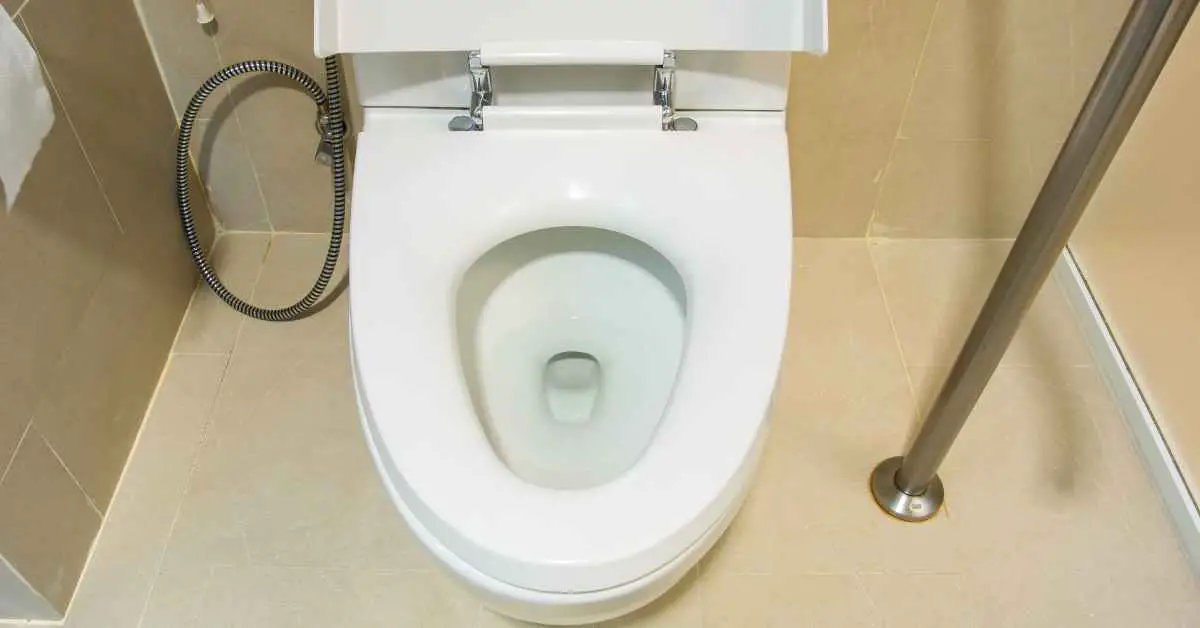
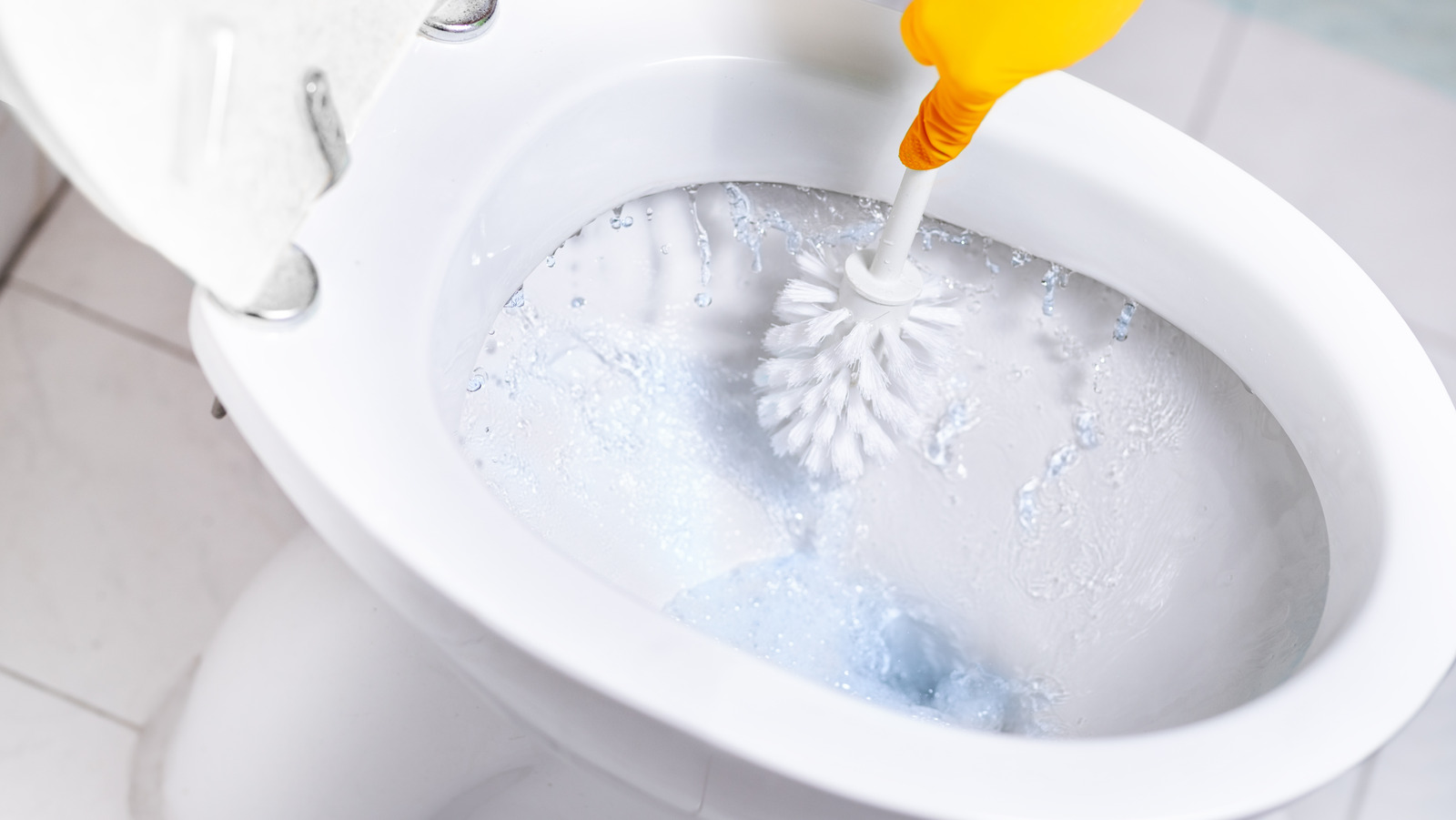
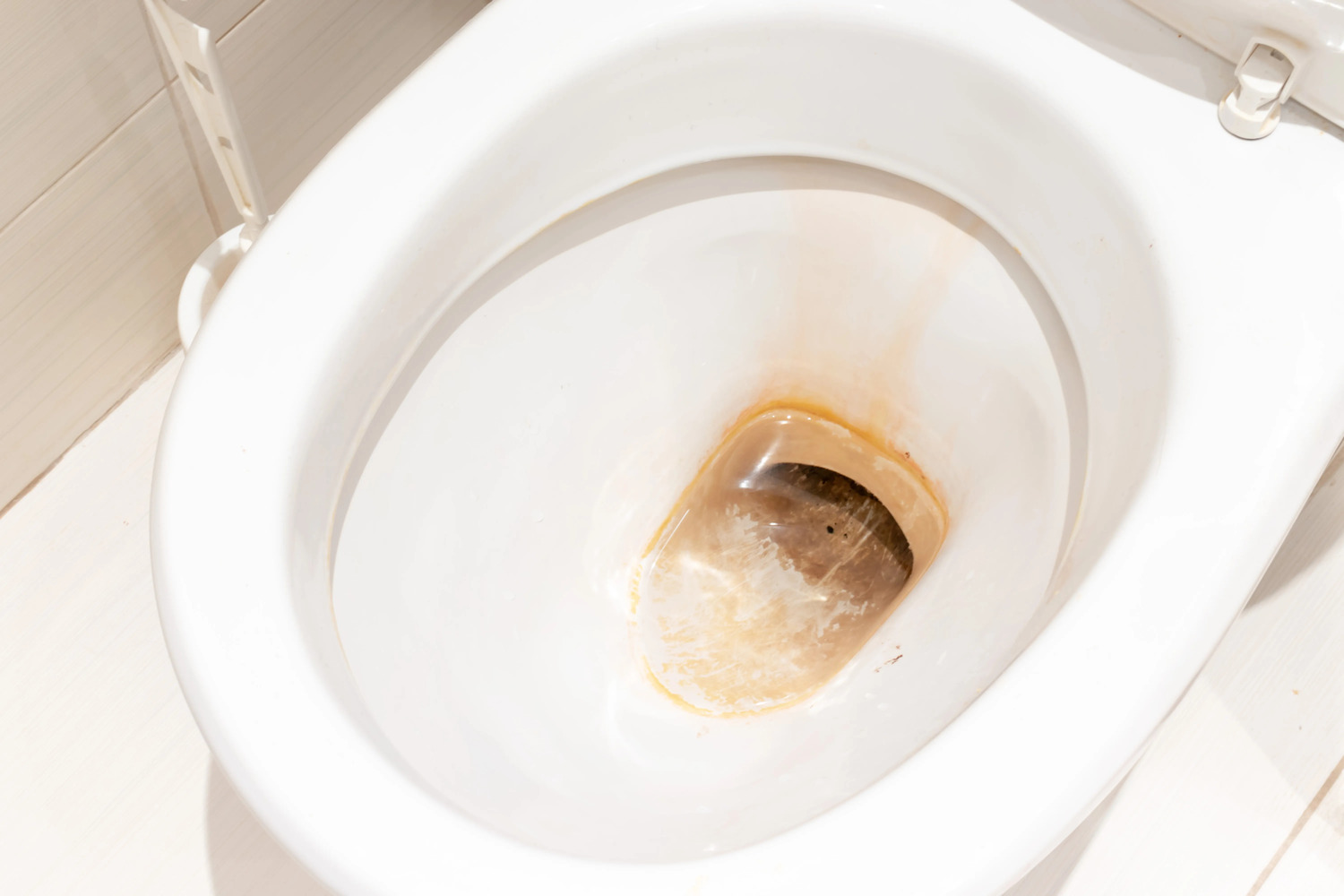
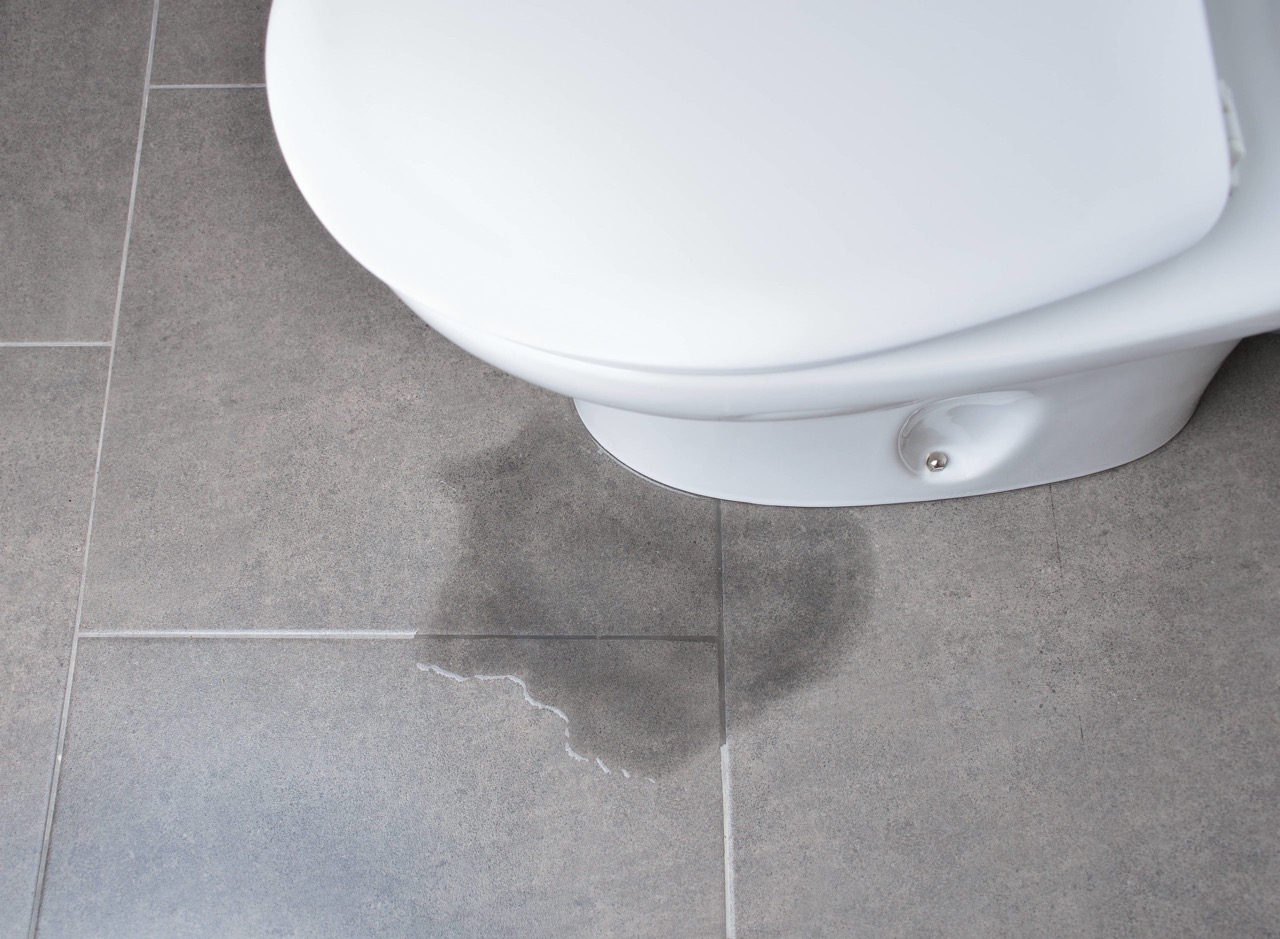
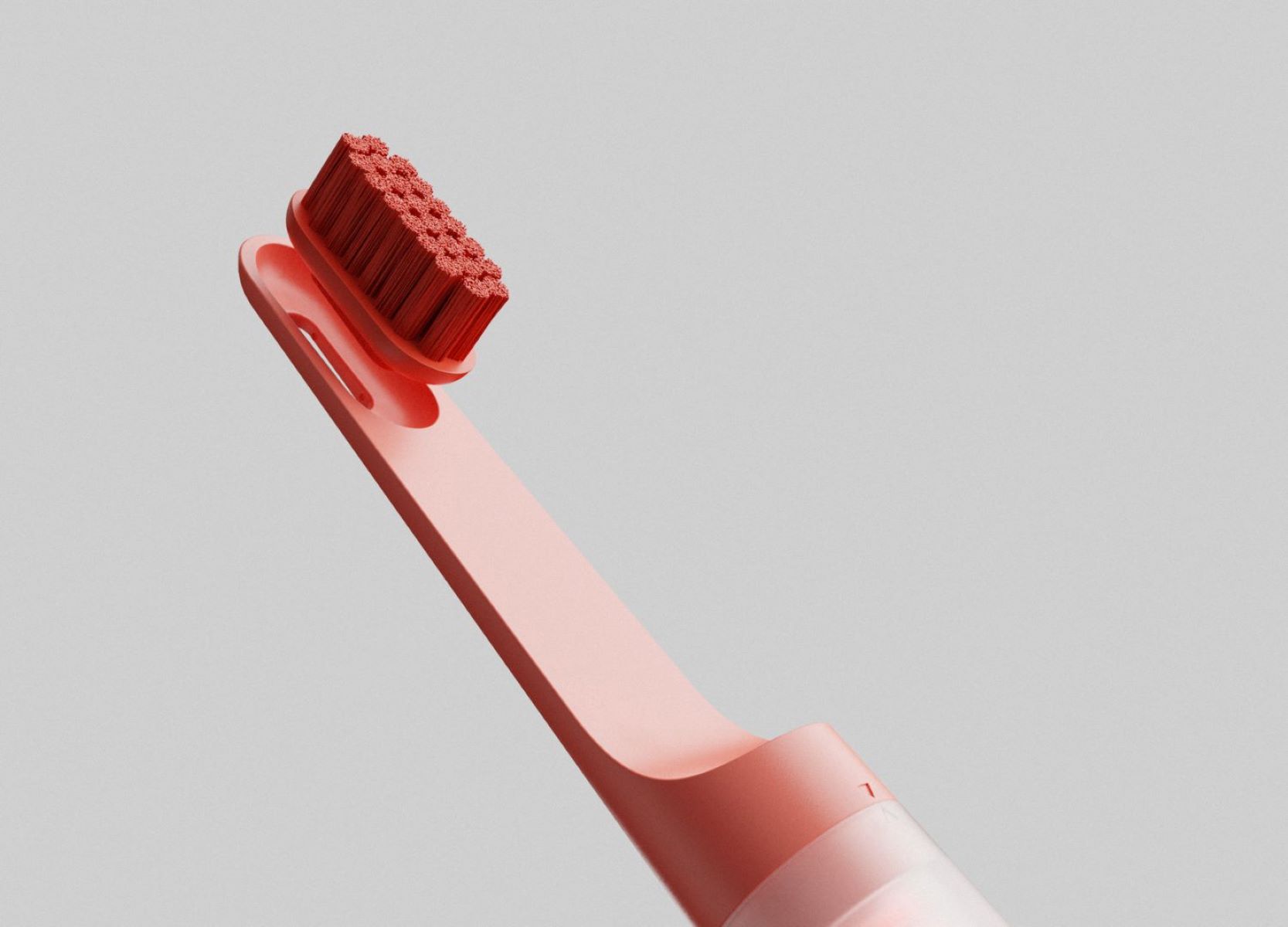
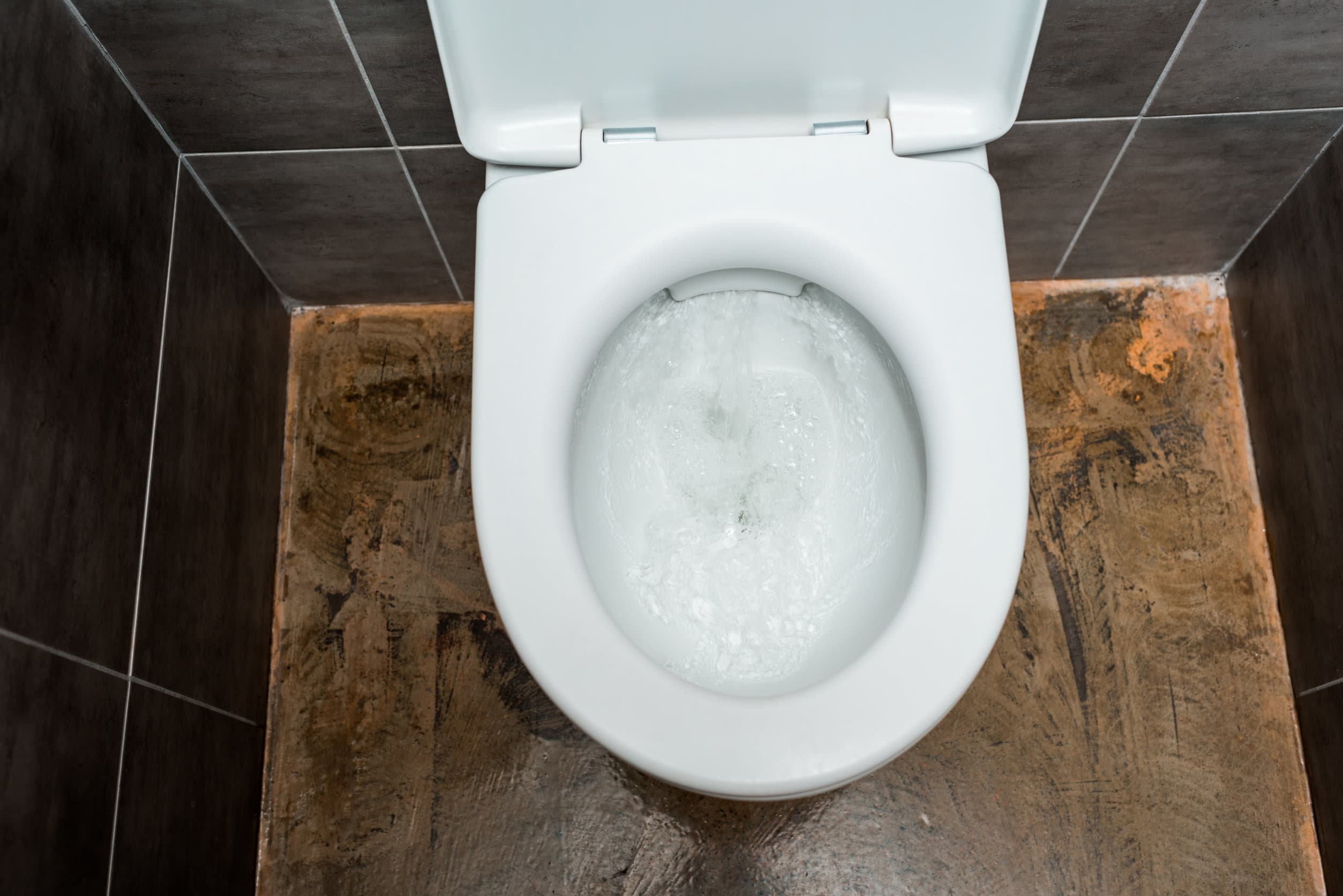
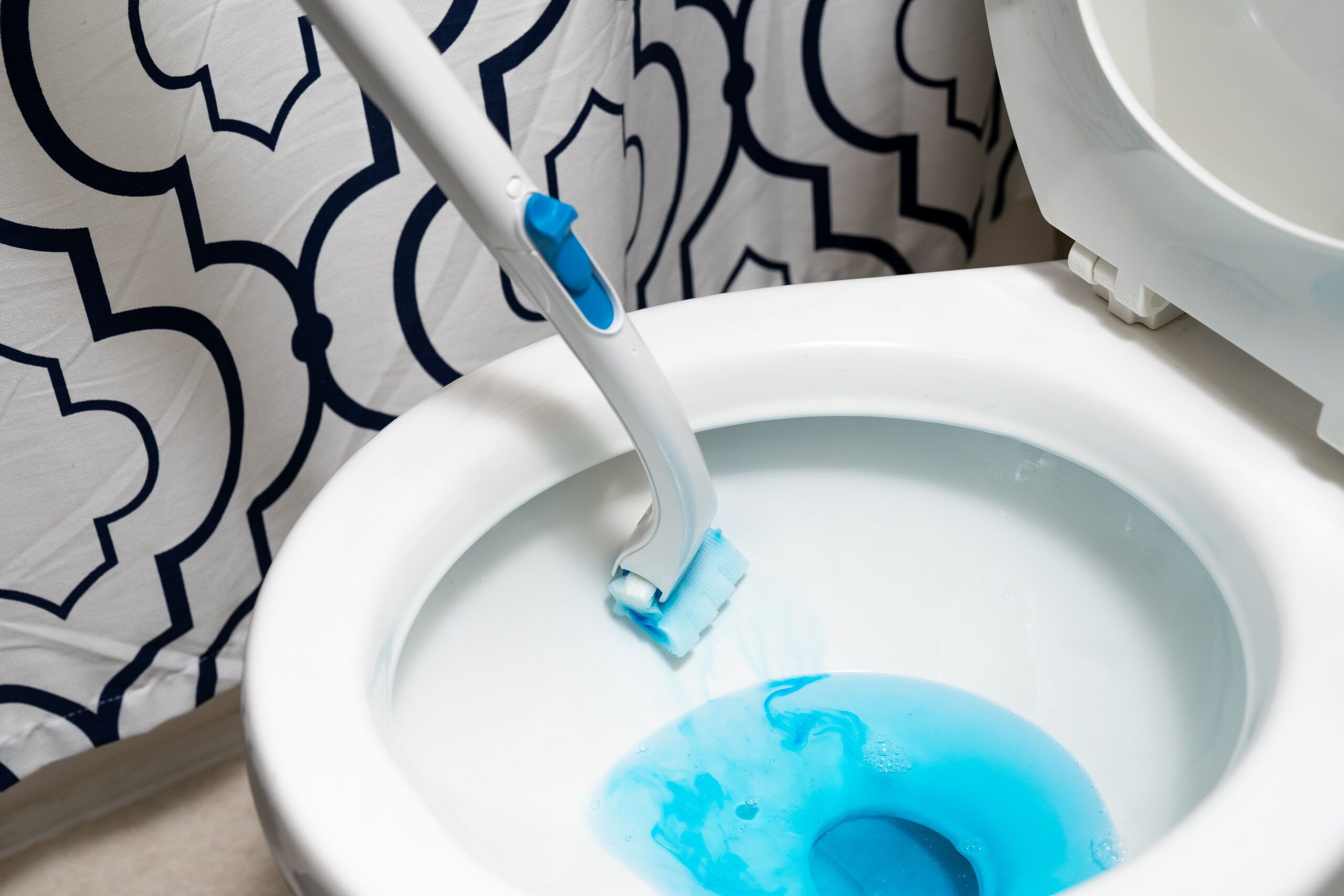
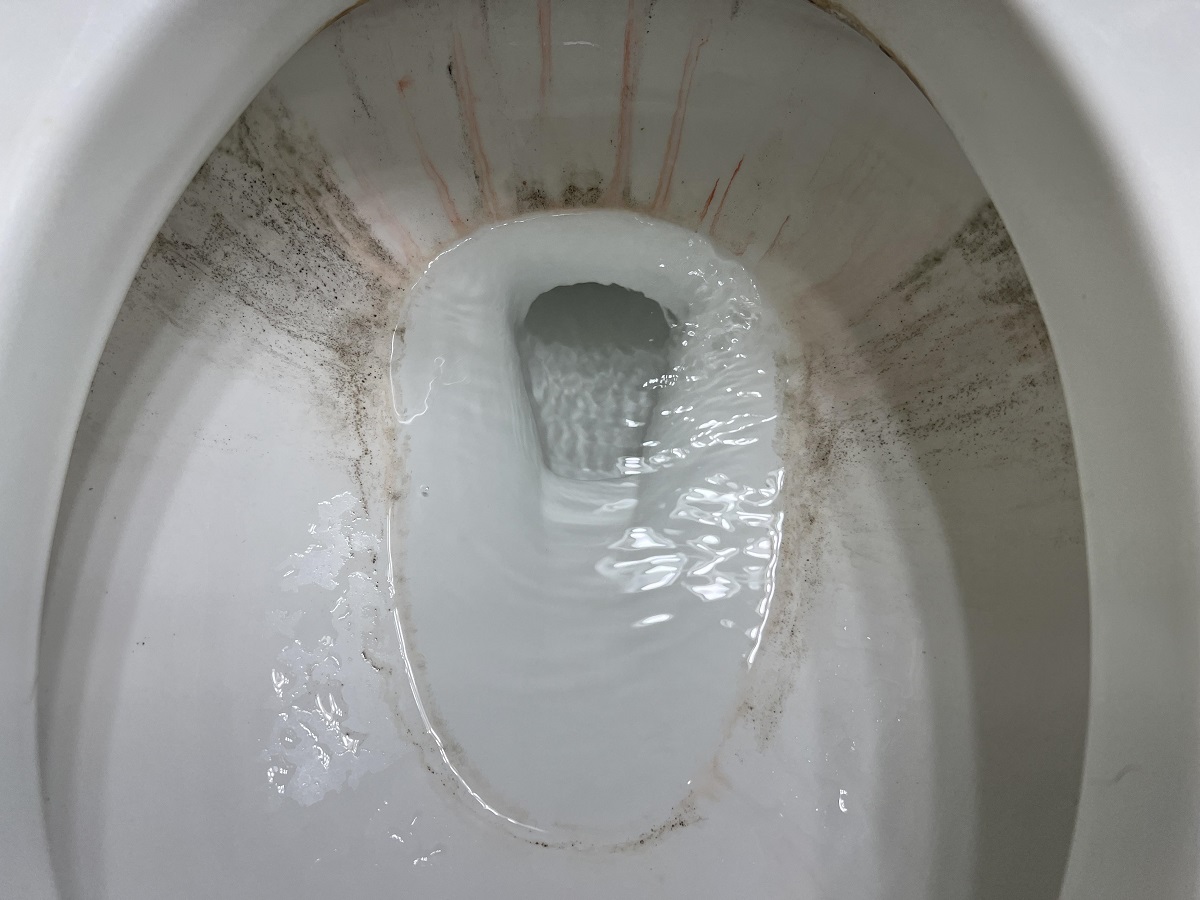
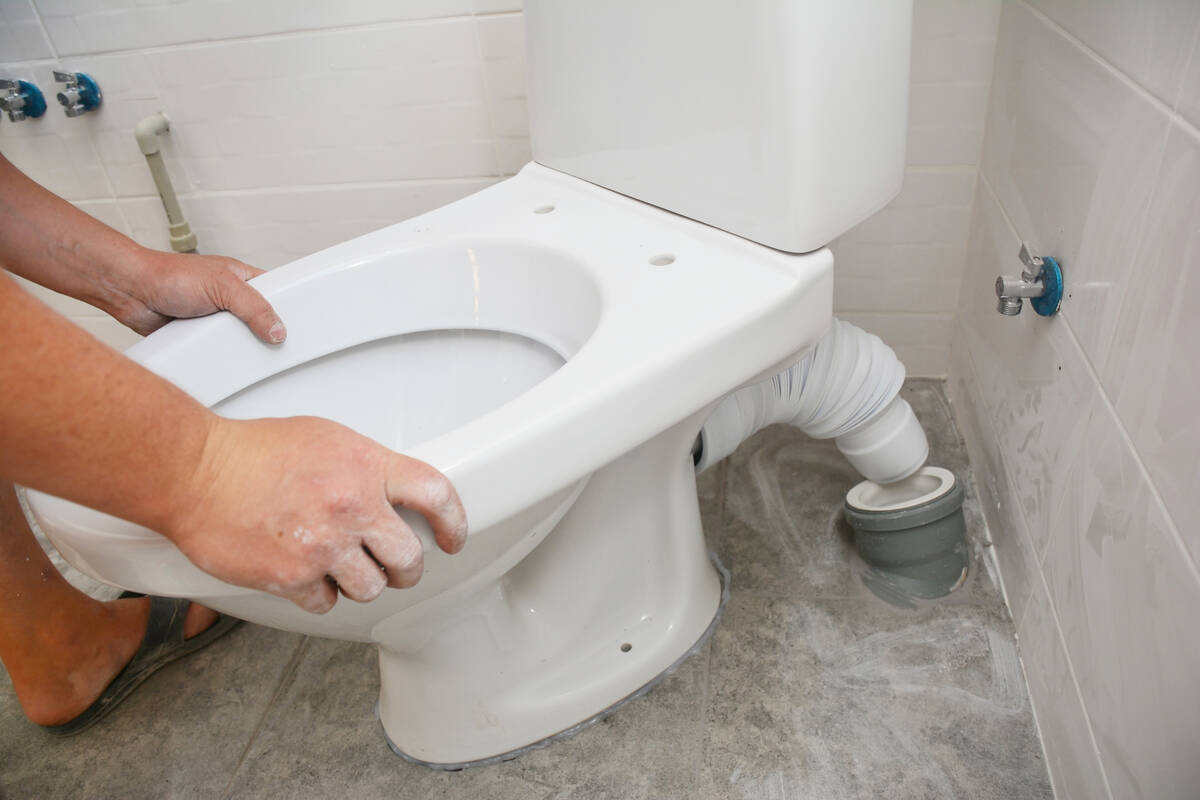
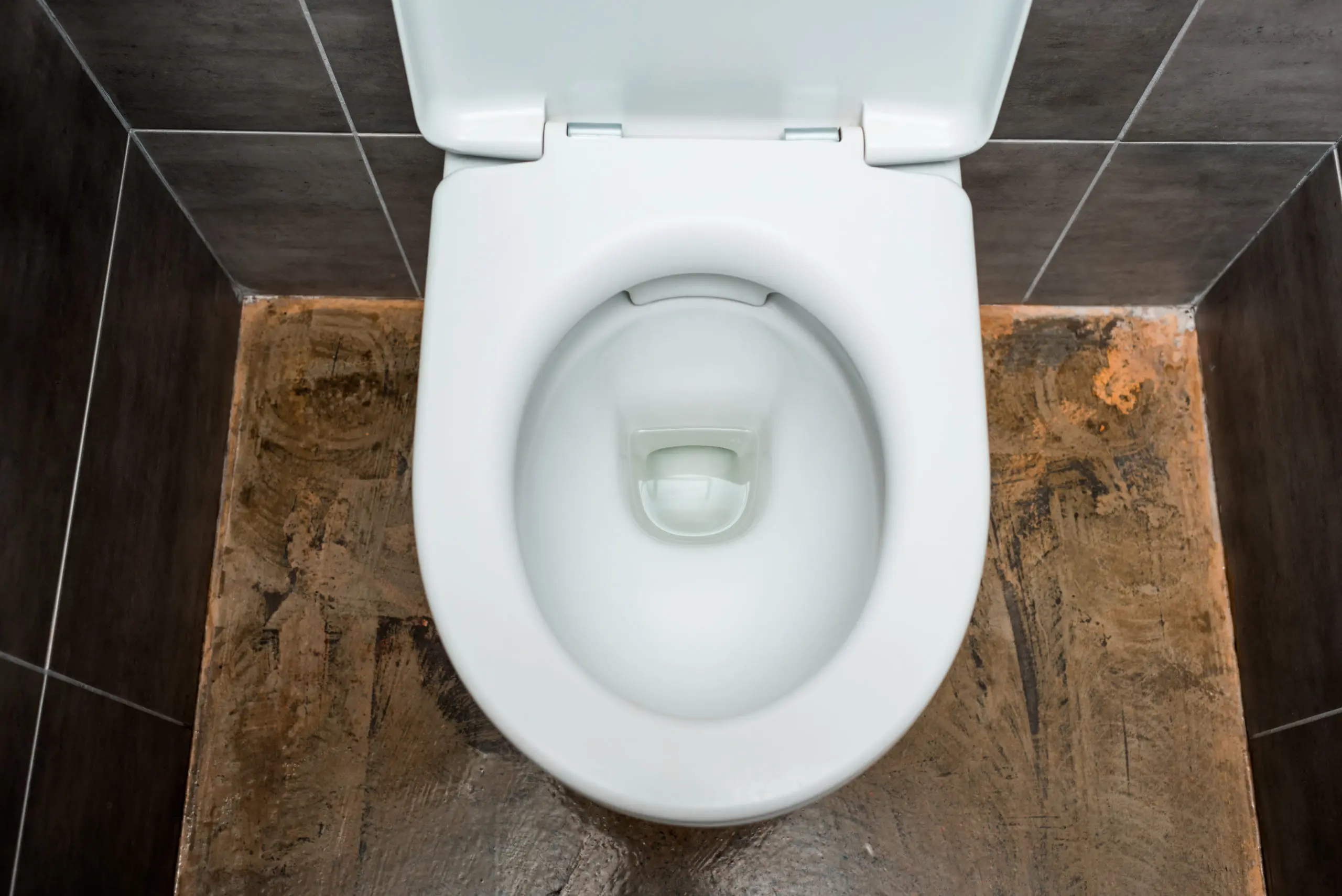
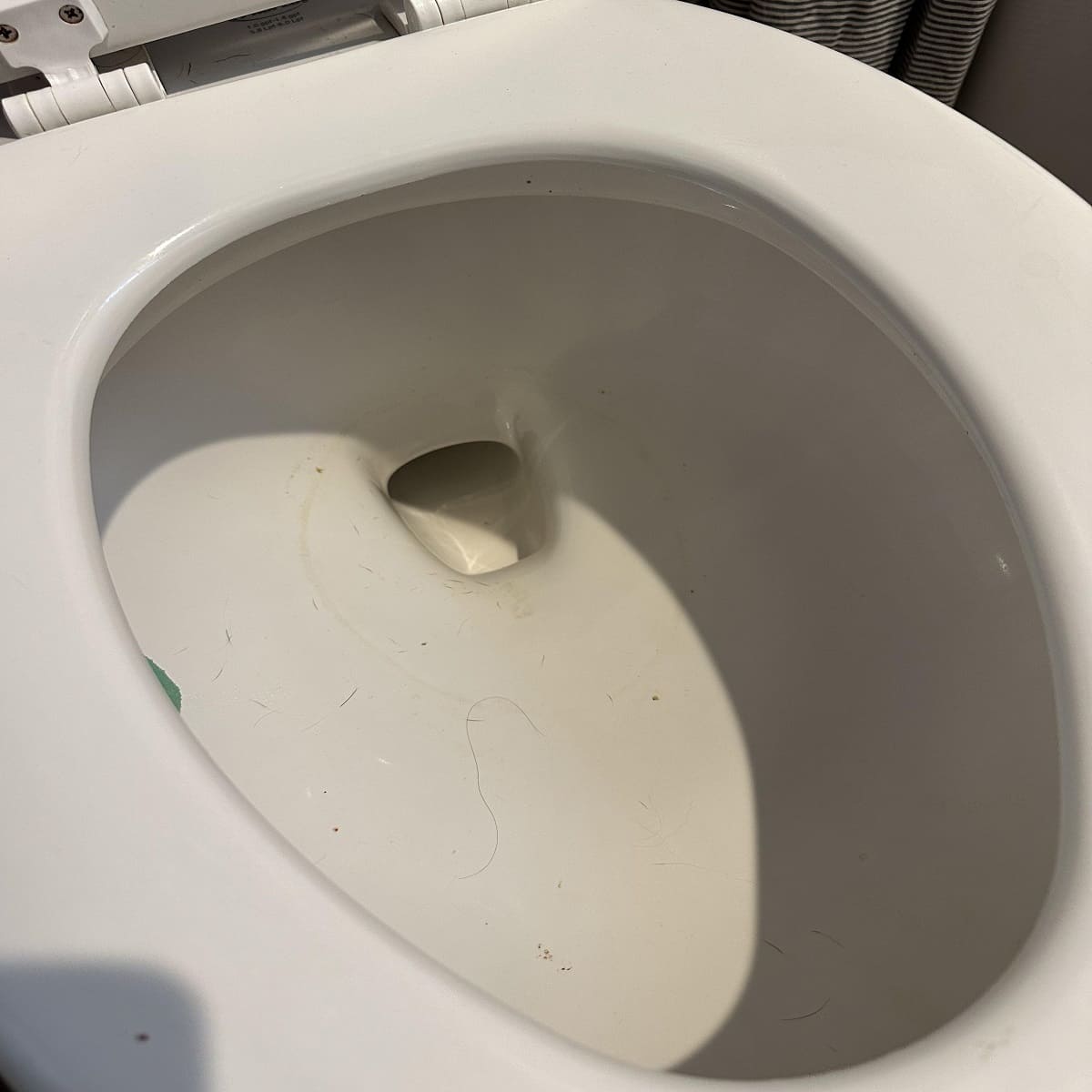
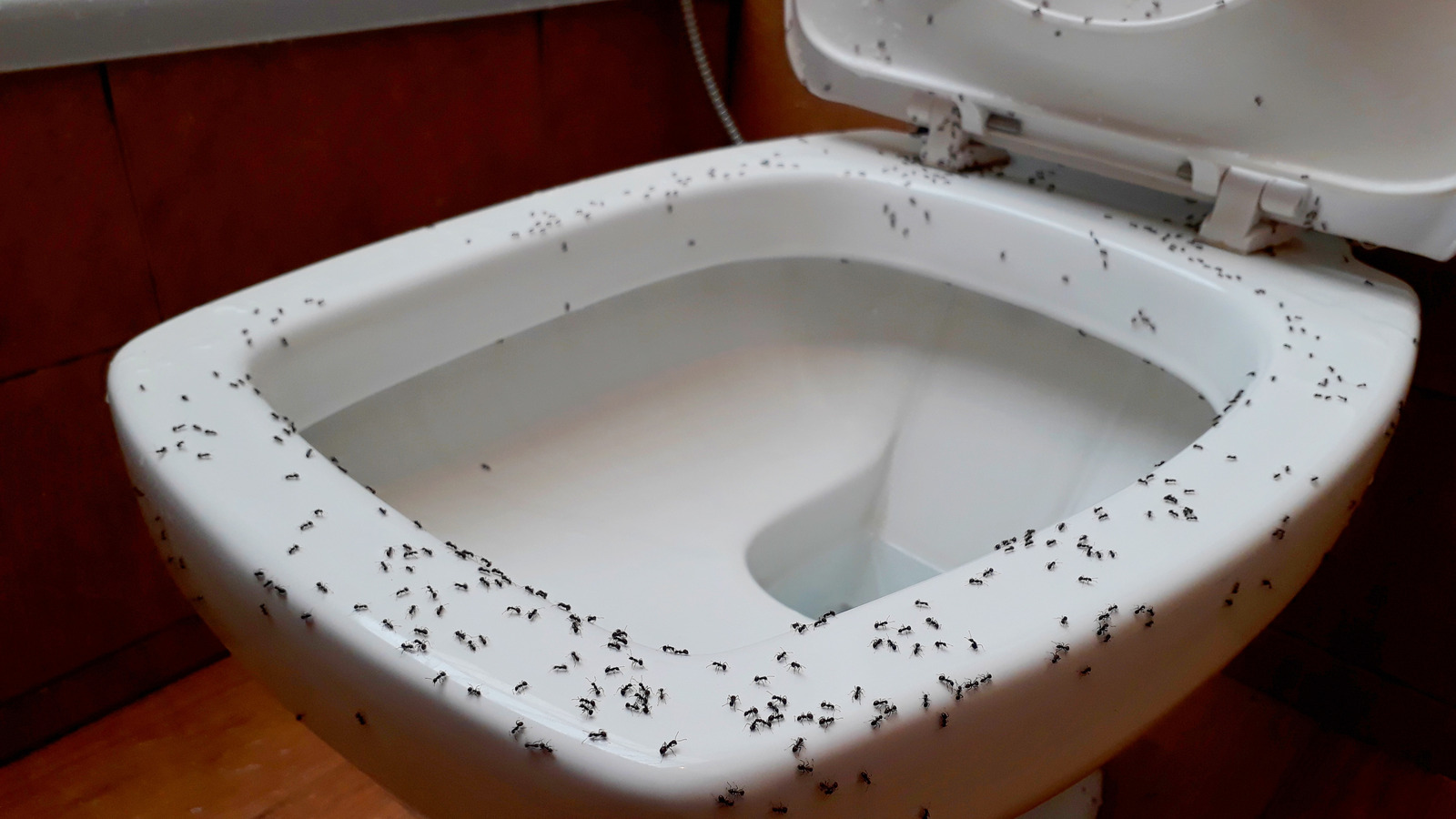

0 thoughts on “Why Does The Toilet Bowl Turn Pink”